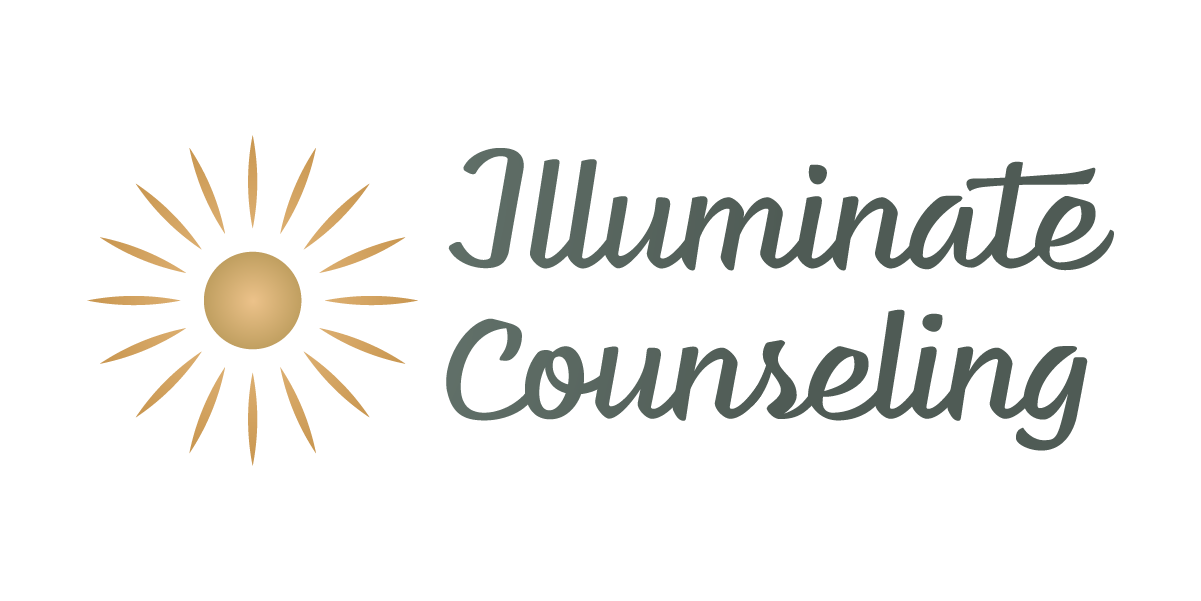Reacquainting with Nature
We are wired for connection.
There are numerous systems within our body that support this. There are neurons in our brain, called mirror neurons, that light up pathways in our brain to help us understand the emotions and behaviors of those around us which helps us empathize. Studies have shown that mental illness is less prevalent among those with consistent, healthy connections. And loneliness is now known to cause a pain that our body registers similarly to physical pain.
Most often, when I’ve come across content around this idea of being wired for connection, I’ve always thought of people-to-people connections. Which is very much a connection we need to lean into. But, thanks to Robin Wall Kimmerer, in her book Braiding Sweetgrass (which is a breathtakingly beautiful book), she points out how nature fits into our necessary connections as well.
In her book, Kimmerer talks about trying to learn Potawatomi, what would have been her native language if Native American culture had been embraced instead of assimilated. She said one of the hardest things about learning the Potawatomi language is the amount of verbs the language has. Where English is more of a noun language, with 70% of our language being nouns and only 30% being verbs, the Potawatomi language is the exact opposite, 70% verbs and 30% nouns. Which means more conjugations and tenses to memorize.
But, within this difficulty is much beauty. In the Potawatomi and most other Indigenous languages, [they] use the same words to address the living world as we use for our family. Because they are [their] family. In their language verbs include things like: to be a hill, to be a bay, to be a long sandy stretch of beach. Whereas in English the only way to be animate, to be worthy of respect and moral concern, is to be a human.
Kimmerer calls this the grammar of animacy. Meaning the impact and change in perception that occurs when we give places and things the act of movement and being and the effect this can have on our relationship with them.
I can tell you, after coming across this concept after only a week, it has drastically changed my interactions with the outdoors. For instance, I had started to dread the daily watering of my outdoor plants as we are approaching fall when they all will go dormant anyway. But now, I go out and offer them water as I assume they are thirsty. Similar to my son letting me know he needs a drink, I imagine the plants seeing me walk outside and requesting a drink of water. So of course I water them, and enjoyably so, as I know the discomfort of thirst and don’t want the plants to go through that.
Kimmerer encourages us to Imagine the possibilities. Imagine the access we would have to different perspectives, the things we might see through other eyes, the wisdom that surrounds us. We don’t have to figure out everything by ourselves: there are intelligences other than our own, teachers all around us. Imagine how much less lonely the world would be.
Imagine how less lonely the world would be.
I don’t know about you, but there is a soul-deep calmness that comes when spending time outdoors. From the simple act of walking in my backyard to the breathtaking pause that comes from standing in the mountains. Which makes sense now. Because, if viewing this in terms of animacy, then encountering these places is like coming across an old friend. Sometimes a friend that I haven’t seen in a while (for me this would be the mountains or beach that I only see on vacations), or perhaps a friend I’ve stayed in consistent touch with (my backyard and neighborhood parks). Either way, it always has that easy feel of picking up right where we left off, jumping right back into conversation with a friend eager to be in my company.
Kimmerer is a professor and shared this idea, the grammar of animacy, with her class. And she had a student who said he felt this concept was an awakening. To which Kimmerer said it was more like a remembering. And I wholeheartedly loved that.
So, may you take time to go get reacquainted with an old friend if you haven’t spent time outdoors and remember this connection. And really spend time out there. Put your phone down. Engage with your 5 senses. Be present. It can be as simple as your backyard, or maybe head to a park, you can walk, ride a bike, or hammock.
Whatever it may be, we are wired for connection. And I think nature is a companion we are supposed to be consistently connected with. So, may you go remember and get reacquainted with nature.




